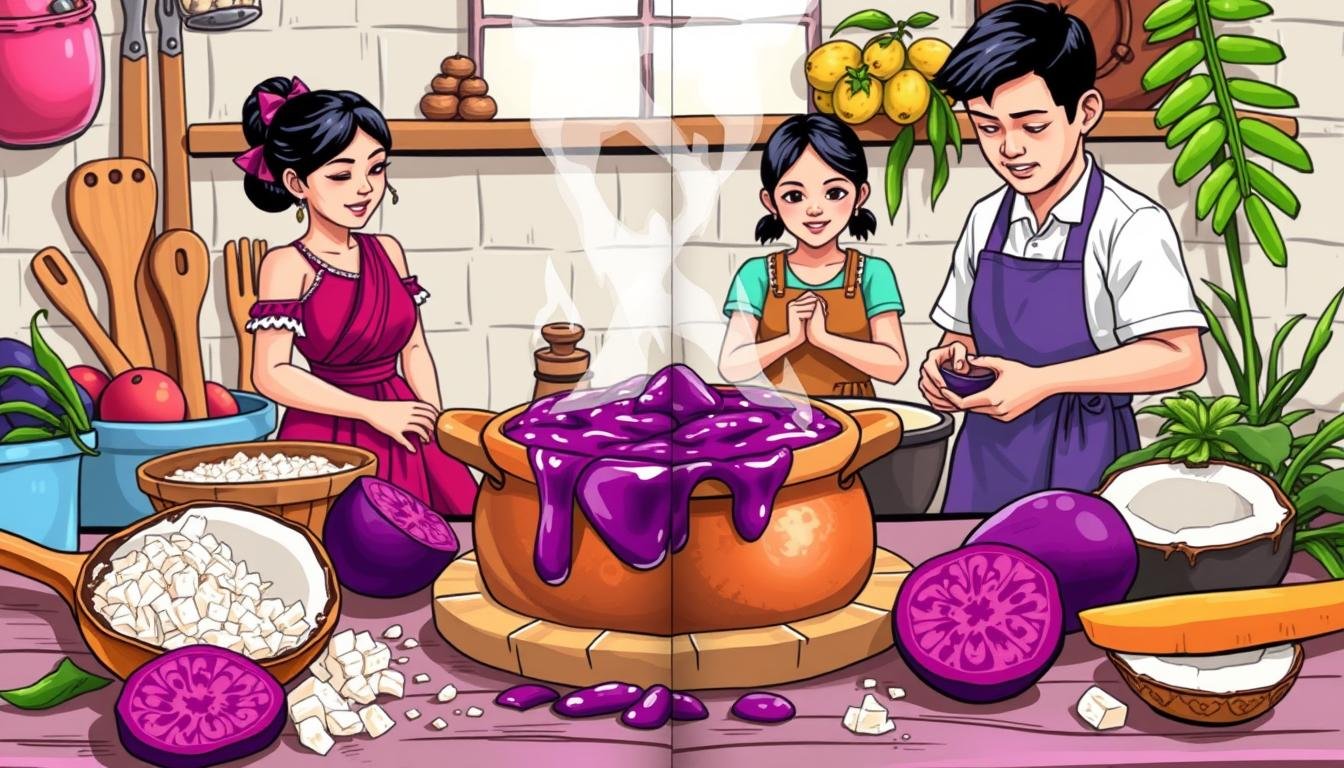What makes Sinigang, a dish with a sour and savory broth, a comfort food in Filipino cuisine? Is it the mix of tamarind, proteins, and veggies that gives it a unique taste? Or is it the emotional bond Filipinos share with this traditional soup? As we dive into Sinigang, we’ll see why it’s more than…
Po and Opo: The Filipino Language of Deference
What is the role of “po” and “opo” in the Filipino language? They show respect and politeness in daily talks. Using “po” and “opo” in greetings is key to being polite. Saying “Salamat” and “Maraming Salamat” with “po” shows gratitude. The Filipino language has special ways to show respect, with “po” and “opo” being key….
The Future of the Philippines: Imagining a New Generation
The Philippines is looking ahead, wondering how to make a better future for its people, mainly the youth. This group, known as Generation Beta, will be born between 2025 and 2039. The country ranks 63rd out of 65 in a report on tech advancement, showing a need for more tech investment. Creating a bright future…
The Philippine Archipelago: Why the Philippines is Home to So Many Islands
What makes the Philippines unique is its geography. It has an archipelago with 7,641 islands. This impacts the country’s landscape and ecosystem. The Philippines is the world’s fifth largest island country, with a coastline of 36,289 kilometers. It also has an Exclusive Economic Zone of 2,263,816 km2, which is a significant aspect of its archipelago…
Language as a Mirror: How Filipino Values are Reflected in our Speech
What role does language play in shaping our cultural identity and values? The Filipino language offers a glimpse into the nation’s cultural traditions and values. It mirrors the nation’s cultural identity, showing its values and identity. The bond between language and culture is deep, with language influencing our thoughts and societal values. The Filipino language…
The Impact of Typhoons: The Philippines’ Battle with Natural Disasters
Imagine if the Philippines, already hit by 20 typhoons a year, faced even more intense disasters because of climate change. The country is well aware of typhoons’ destructive power, with 5 devastating ones each year. As climate change worsens, the Philippines is at the forefront, bracing for more severe typhoons and their effects. Typhoons are…
Preserving Filipino Culture: My Role in Safeguarding Our Heritage
Reflecting on preserving Filipino culture, I wonder: what can I do to protect our heritage? The colonial legacy has a big impact on our culture. The Philippines is rich in traditions and has over 175 ethnolinguistic groups. Preserving this heritage is key for national unity and identity. Our culture is a big part of who…
Halaya: The Art of Filipino Sweet Jam Making
What makes halaya, a traditional Filipino dessert, so special? It’s the mix of ube, a purple yam, with milks and sugar. This creates a rich, creamy, and sweet treat that’s simple to make at home. Halaya is more than just a dessert; it’s a part of Filipino culture and tradition. Like the bravery of Filipino…
Dancing in the Rain: Embracing Spontaneity and Joy
Why do people love dancing in the rain so much? Is it the freedom of twirling in the rain or the connection to nature? Dancing in the rain brings people together, creating joy and a sense of community. Dancing in the rain is more than just getting wet. It’s about embracing joy and spontaneity. It…
Idioms of the Philippines: A Glimpse into Our Cultural Landscape
What role do idioms play in shaping the cultural landscape of the Philippines? This country has over 7,000 islands, each with its own unique culture. Language and culture are deeply intertwined here. The Philippines is famous for its hospitality. Guests are treated with warmth and generosity. This is reflected in the country’s language and culture….










